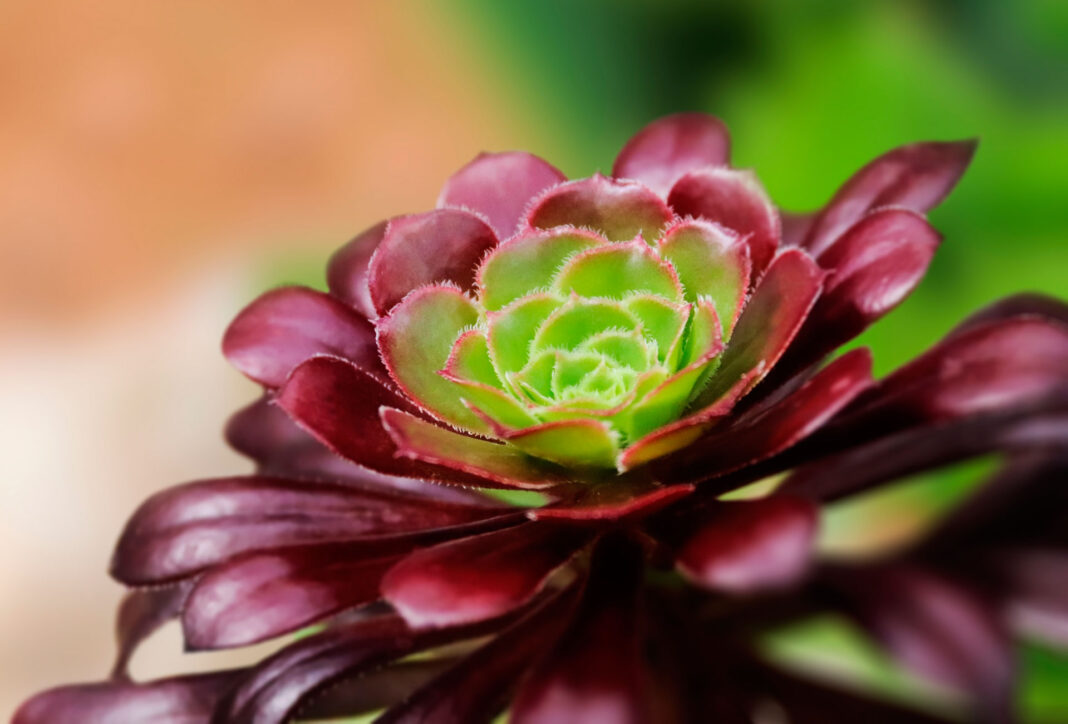There are many beautiful botanical species in the archipelago, and some are at their best during the colder months of the year
Visnea
The Visnea (Visnea mocanera) tree is endemic to the Canary Islands and Madeira but is in danger of dying out. Its white and intensely aromatic flowers bloom between December and March in bell-shaped clusters.
It grows at altitudes of between three hundred and one thousand metres and usually grows five metres high, although some can reach up to fifteen metres. Visnea need direct sunlight and are very resistant to high temperatures.
Its edible fruit, known in the Canary Islands as yoya, is a round, reddish berry about two centimetres in diameter with a sweet taste and almost black when ripe. It has traditionally been used to prepare natural remedies for diarrhoea.
Aeonium
Aeonium arboreum is a succulent (Crassulaceae family) endemic to the Canary Islands. Its leaves are a deep maroon colour that grow in rosette formation. The shrub grows short and stocky and hibernates in summer. It grows both indoors and outdoors, in the sun or semi-shade, and needs rich, well-drained soil suitable for cacti. In winter, water about once a month. In the summer, water thoroughly and allow the soil to dry before watering again. It only needs fertilising two or three times a year.
It’s difficult to propagate from seed, but very easy with cuttings. Stick a whole rosette with a stem fragment into sandy soil towards the end of summer and watch it grow.
Gerbera
Commonly known as the ‘African daisy’, it comes from South Africa and its scientific name is Gerbera jamesonni. It is a perennial plant adapted to a warm and light climate. It needs plenty of sunshine and does not tolerate cold very well (not below 14ºC). It bears large, daisy-like blooms from the end of winter (if mild) until well into autumn.
Gerbera grow in many colour varieties, such as pink, yellow, salmon, orange and even white, and each flower head has up to three rows of petals. They can last for several years, although it’s best if they’re replaced every 2-3 years, to encourage plentiful flowering. Propagation is difficult. It needs sandy, well-drained soil enriched with natural fertilisers, preferably seaweed. Water little but often and from below rather
than above.






